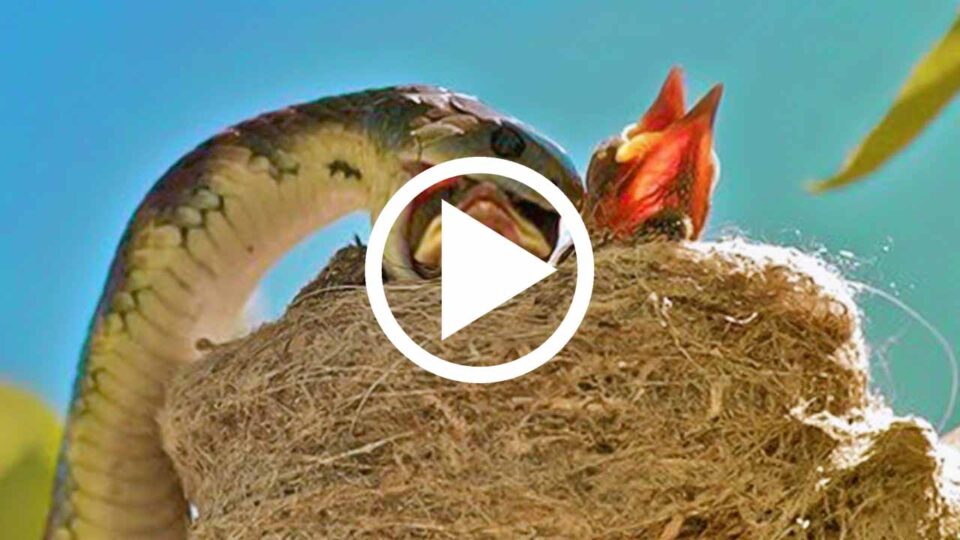I always tell people that animals are not as cruel as humans and that is a fact. An animal will kill its prey to survive, but it will not torture it out of mere pleasure.
However, there some darn mean animals that roam the face of the earth and it is time you found out who they are. So, remove your “pink” glasses and watch.
TIGER SNAKE
The Tiger snake is a highly venomous snake species found in the southern regions of Australia. These snakes are highly variable in their color, often banded like those on a tiger.
The patterning is darker bands, strongly contrasting or indistinct, which are pale to very dark in color.
The coloration is composed of olive, yellow, orange-brown, or jet-black; the underside of these snakes is light yellow or orange.
These snakes inhabit coastal environments, wetlands, and creeks where they often form territories.
They are also found in woodlands, forests, shrublands, grasslands, and marshlands.
Tiger snakes live a solitary life and interact only for mating.
They are active during the day but may also be active on warmer nights.
During cool days they will shelter in abandoned burrows of other animals, under large boulders, and in trees.
They may also go up to 1 m underground. They often hunt in water and can stay submerged for up to 9 minutes. Tiger snakes are ground-dwelling creatures but may also climb trees and bushes.
These are highly venomous and dangerous to humans.
GIANT CENTIPEDE


